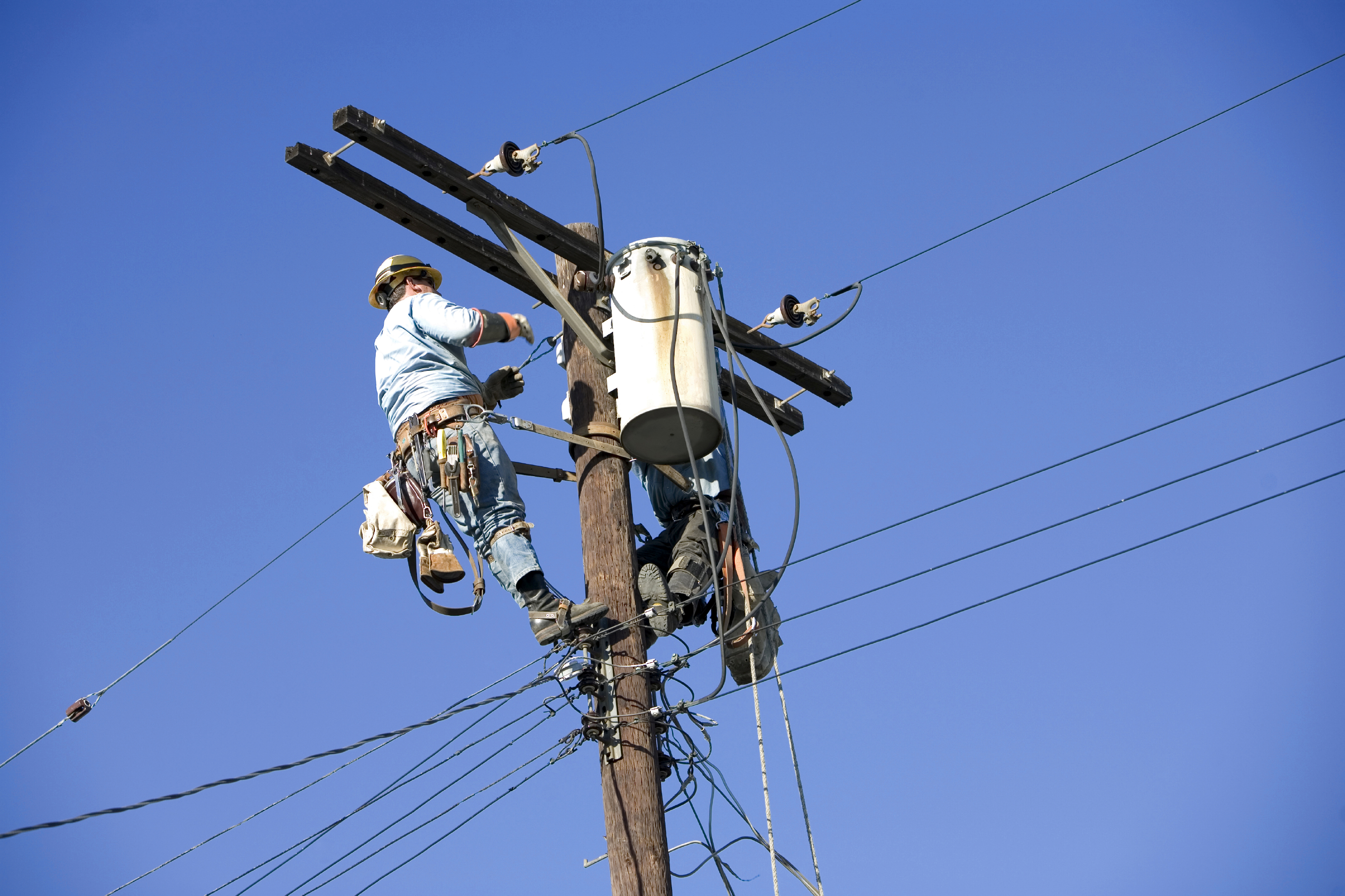Local Implications of the Future Electric Utility
As I prepared for a discussion on the future of electric utilities in Ontario, I considered the implications for local governments and communities and reflecting on the observations and questions raised by various stakeholders.
There are several risks associated with the changing business environment for electric utilities that their owners should be aware of.
Local Distribution Companies (or LDCs) have historically been owned by municipal governments in Ontario. With the regulatory reforms of the late 1990s, LDCs became a source of revenue for their municipal owners. Two revenue streams were established: interest payments on a promissory note; and an annual dividend payment.
As their revenue base declines and capital programs grow, and given the current regulatory environment, more LDCs will reach a point in time when they are unable to issue a dividend to their municipal shareholder. The potential loss this revenue represents a financial risk for municipalities that own all, or part, of their LDC.
The relative importance of this revenue loss will vary among municipal owners depending on municipal structure, the history of consolidation and local decision making – so it is difficult to draw any general conclusions.
For example, a midsize community is Southwestern Ontario still owns its LDC. The City called the promissory note a few years ago and currently receives an annual dividend payment of $1.5 million.
To put this in perspective, the dividend payment represents less than a 1% increase in the tax rate so the loss of the dividend would not represent an insurmountable challenge especially if it was anticipated and phased out over time.
However, the risks to municipal owners and communities extend beyond the loss of a revenue source.
LDCs convey electricity from the provincial grid and distribute it to customers within their communities. There is an important regulated social responsibility that comes with this function and that is to deliver electricity to anyone who wants it, to do so at a just and reasonable rate and to deliver reliable service at low cost. Declining electricity sales means there is less revenue to pay for needed infrastructure. While the recently-announced fixed monthly charge to consumers will help mitigate this risk, as customers are lost, the conditions are created to push even more customers to find alternative power sources. The remaining customer base is likely to be comprised of those living on low-incomes. Municipal governments, whether an owner or not, will inevitably be drawn into this social justice issue. Growing income inequality is a significant local concern.
The longer term risk is that LDCs, and therefore their owners, will have to bear the costs of a stranded asset. Will municipal owners be compelled to make an equity contribution to their LDC or seek the same from the provincial government?
New technologies are causing a fundamental change in the way industry is organized; it is becoming more integrated and decision making is becoming increasingly localized. Will governments and regulators be able to keep pace with the rapid rate of change and ensure LDCs even have the chance to adapt? Are there other opportunities, outside of the regulatory framework, that can assist with the transition to a new energy future? Have municipal owners appointed individuals to their LDC boards with the appropriate mix of skills to provide the governance leadership needed during these times?
The need for innovation is substantial. Yet, even the sector recognizes there are significant barriers to innovation that are unique to the utility industry and include: the relatively limited competitive advantage and shareholder returns to be gained from innovation by regulated monopolies; the mismatch between the relatively low-risk, conservative utility business and regulatory model and the risk profile of innovation; and issues of culture and core competencies at utilities.
The role of an LDC in a community goes far beyond the distribution of a commodity or issuing a dividend; they are an integral part of the economic growth and development of a community and its quality of life. Their success is very much a concern of local government. Whether this represents a threat or an opportunity for LDCs, their municipal owners, or their communities depends entirely on their response and the motivation behind that response.
